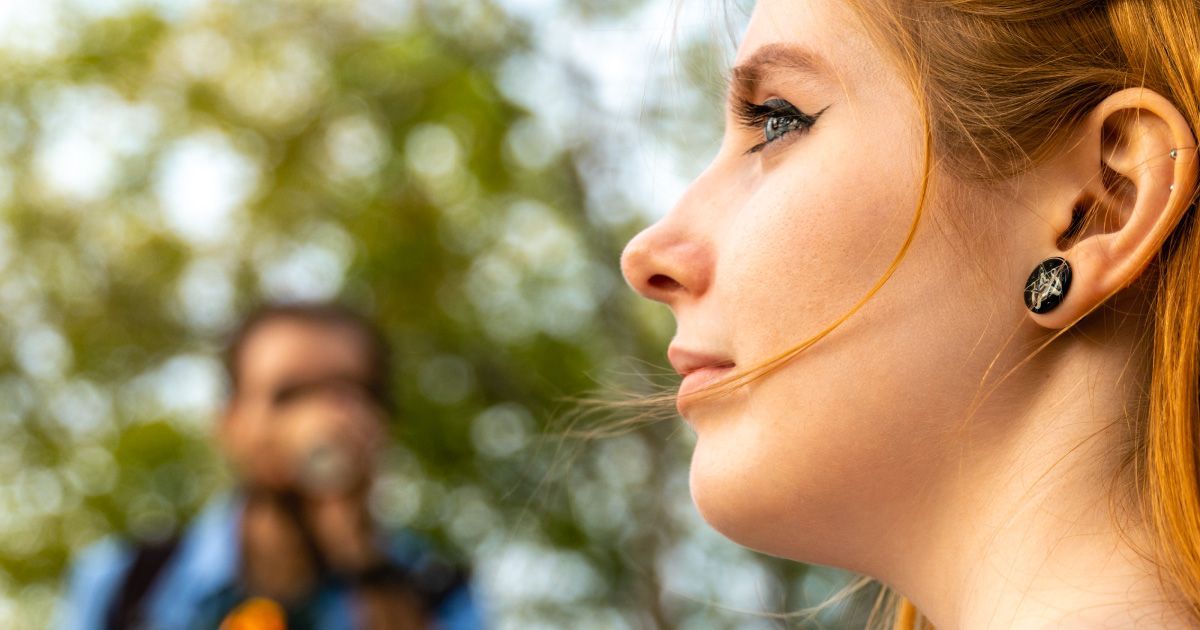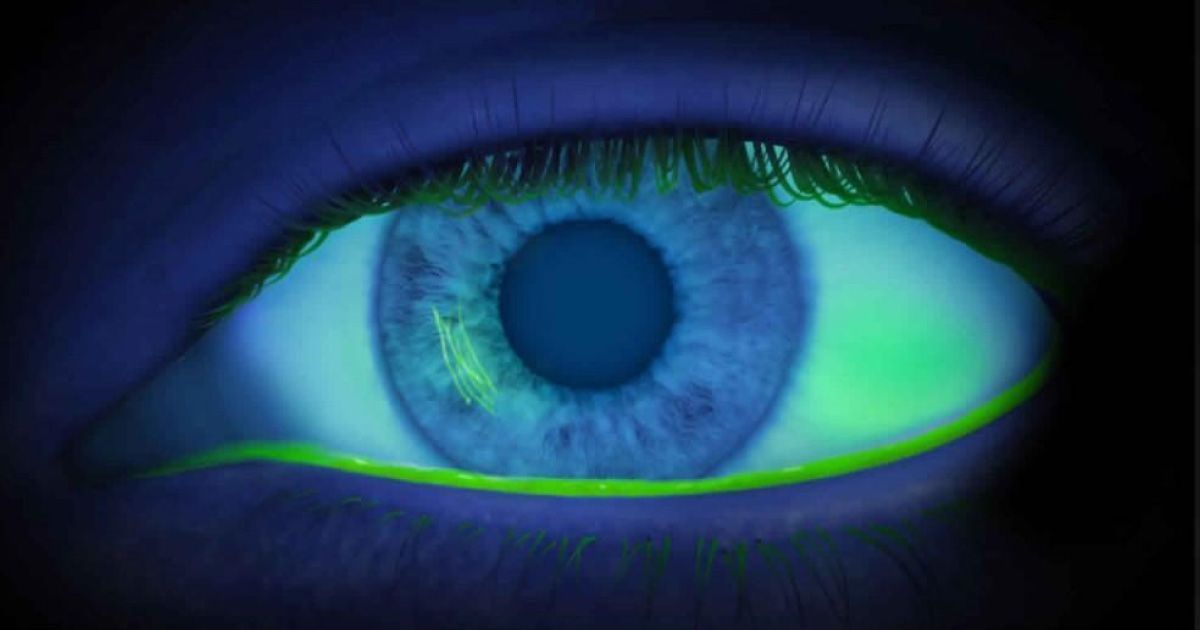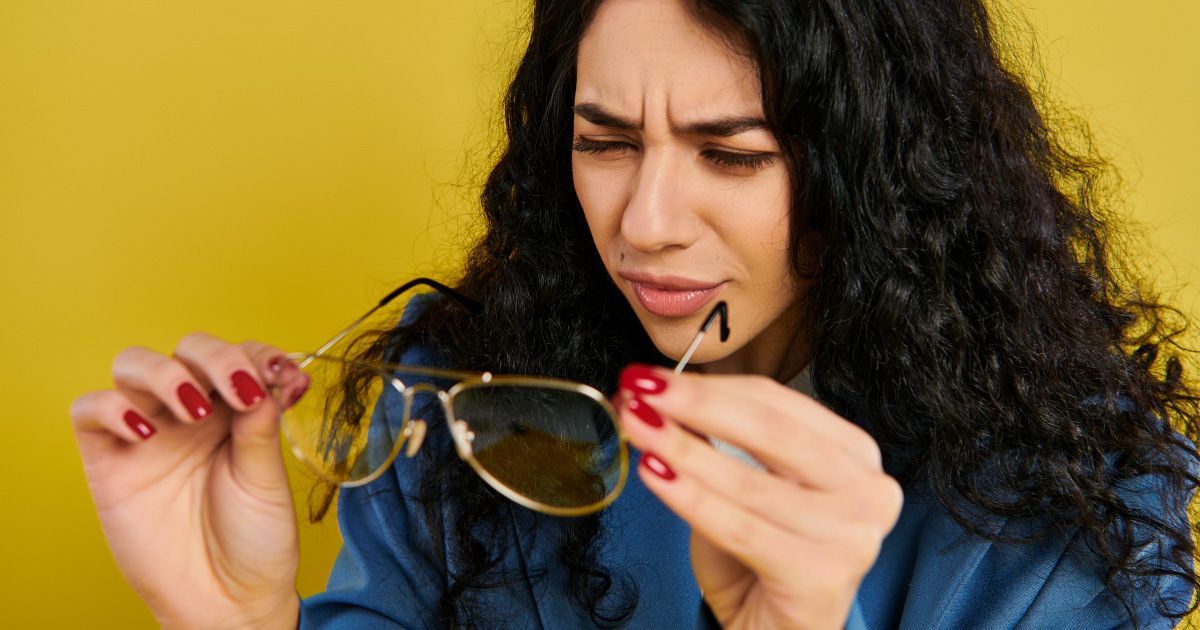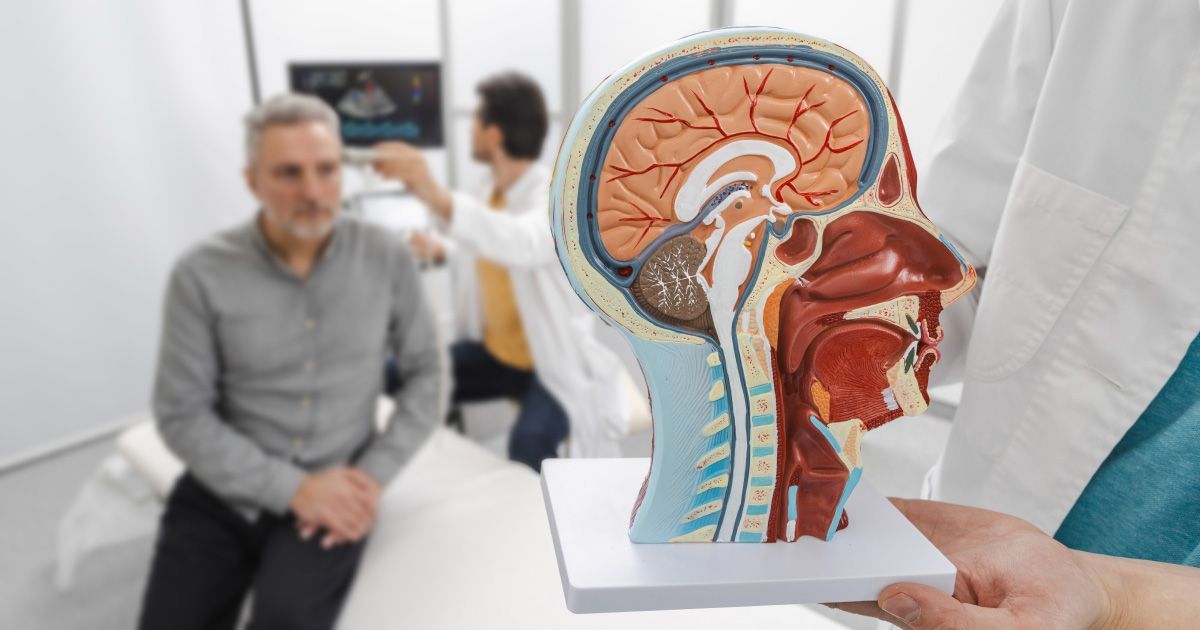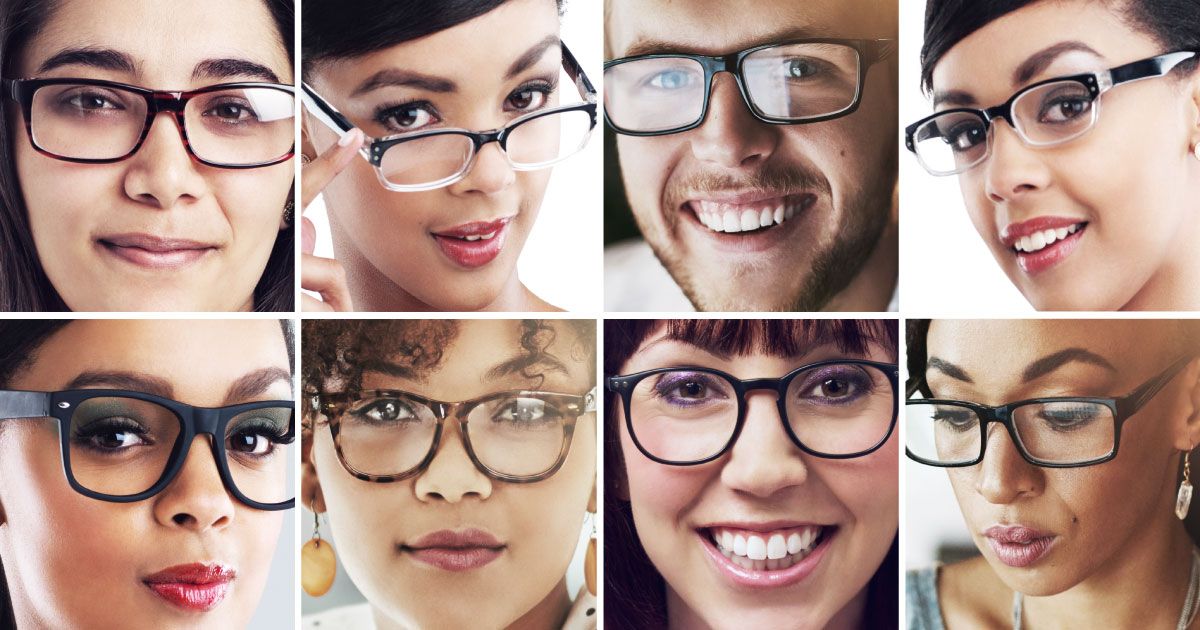Vision and Memory: How Your Eyes Help Shape the Stories You Tell
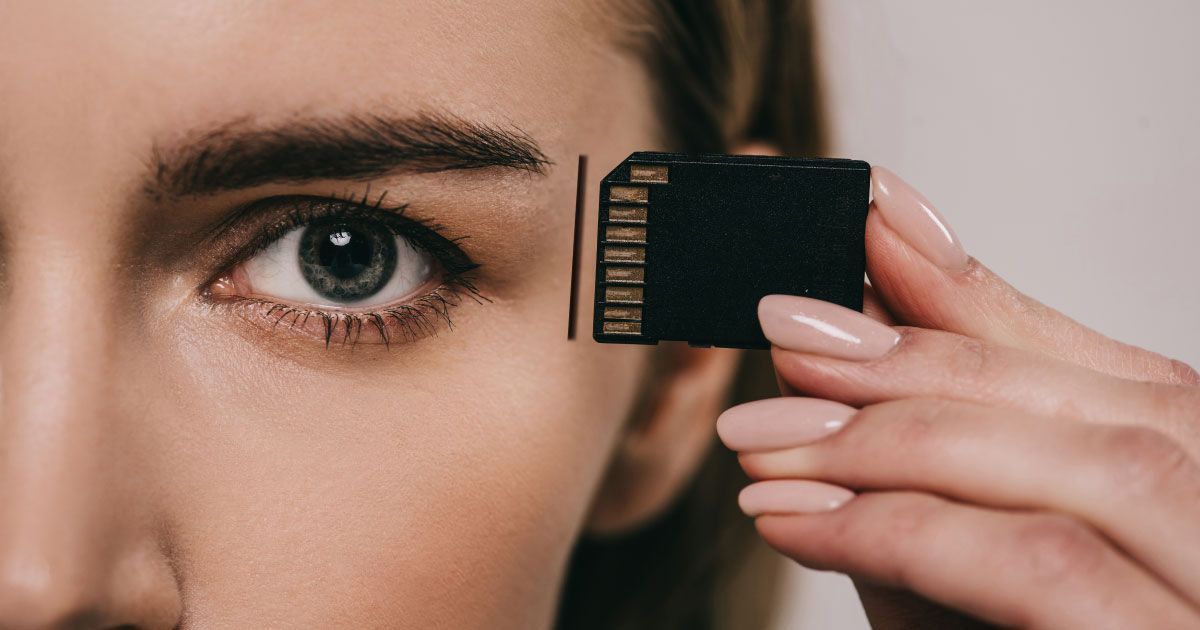
Read time: 5 minutes
Your eyes do more than just help you see the world. They play a key role in shaping your memories. The way we remember things often depends on what we see. When you look at something, your brain creates a picture of it. This visual input helps you remember details better than words alone.
Seeing something makes it easier to recall later. Think about the last time you tried to remember someone’s name. It’s often easier if you can picture their face. This is because our brains are wired to process and store visual information more efficiently.
Good eyesight is essential for creating and recalling memories. If your vision is not clear, it’s harder to form strong memories. This is why maintaining eye health is so important. Healthy eyes help you take in the world clearly, which in turn helps keep your memories sharp.
Let’s dive into how visual input enhances memory, what you can do to improve recall using visuals, and how your eye health plays a role in this process. With a better understanding of these connections, you can use your sight to tell powerful stories and remember experiences vividly.
How Visual Input Enhances Memory Retention
When you see something, your brain takes a snapshot of it. This visual input helps you remember things better. Your brain uses these pictures to store and recall information. This process makes it easier to remember details when you need them.
Scientists have found that our brains are good at remembering visual information. This is because a large part of the brain is dedicated to processing what we see. Visual memory helps us recall faces, places, and even colors more easily than words. This is why pictures and images often stick in our minds longer.
Understanding how visual memory works can help you use your eyes to improve your recall. By paying more attention to visual details, you can remember things better. For example, noticing the colors in a painting or the layout of a room can help you remember them later.
Tips for Using Visuals to Improve Recall
Using visuals can make it easier to remember things. Here are some practical tips to help boost your memory:
- Use Flashcards: They are great for studying because they combine images with words. The pictures help you remember what you need to learn.
- Mind Maps: Drawing mind maps can connect ideas visually. This helps you see the big picture and remember how different pieces fit together.
- Color Coding: Use different colors to highlight key information. Colors make details stand out and are easier to remember.
Types of Visual Aids:
- Diagrams: They simplify complex information. Visual diagrams make it easier to understand and recall details.
- Charts and Graphs: These tools present data visually. They are useful for remembering statistics and trends.
- Videos: Watching videos combines visual and auditory elements. This dual input strengthens memory.
By using these visual aids, you can boost your recall and make learning more effective. Visuals create a stronger impression in your mind, making it easier to remember important details.
The Role of Eye Health in Memory
Good eye health is vital for strong memory. Clear vision helps you take in detailed information and store it effectively. If your vision is poor, your ability to remember details may suffer. Healthy eyes allow you to create clear and precise visual memories, which you can recall easily when needed.
Keeping your eyes healthy involves regular check-ups and good habits. Here are some ways to maintain eye health and support better memory retention:
- Regular Eye Exams: Visit your optometrist for routine check-ups to catch issues early.
- Healthy Diet: Eat foods rich in vitamins A and C, and omega-3 fatty acids. These nutrients support eye health.
- Proper Lighting: Ensure you have good lighting when reading or working to reduce eye strain.
- Protective Eyewear: Use sunglasses with UV protection when outside to protect your eyes from harmful rays.
- Screen Breaks: Take regular breaks from screens to prevent eye fatigue. Follow the 20-20-20 rule: look at something 20 feet away for 20 seconds every 20 minutes.
By maintaining good eye health, you can help keep your memory sharp. Clear and healthy vision allows you to take in the world around you accurately and store those memories effectively.
Visual Techniques for Better Storytelling
Using visuals can make your stories more engaging and memorable. Here are some tips for using visuals to tell better stories:
- Use Strong Images: Choose images that clearly represent your story. High-quality, impactful pictures grab attention and make your story more engaging.
- Combine Images and Words: Use images alongside text to enhance your storytelling. Pictures provide context and help the audience understand the story better.
- Visual Hierarchy: Arrange your visuals in a way that guides the viewer’s eye through the story. Use size, color, and placement to create a natural flow.
- Consistency: Keep a consistent style and theme throughout your visuals. This helps create a cohesive and professional look.
Combining Images and Words:
- Captions: Add short descriptions to images to give more context.
- Infographics: Use graphics that combine text and visuals to explain facts and figures.
- Slideshows: Present information in a series of slides with balanced text and images.
These techniques can make your storytelling more powerful. Visuals capture attention quickly and make it easier for people to remember the story.
The Takeaway
Your eyes play a crucial role in shaping and recalling memories. Good eyesight helps create clear, lasting memories, making it crucial to maintain eye health for strong memory retention. Using visual techniques can improve recall and storytelling, helping you capture and communicate memories effectively.
From understanding how visual input enhances memory to tips for using visuals and maintaining eye health, you’ve learned valuable tools to help improve your memory and storytelling skills. Ready to take care of your eyes and boost your memory?
Visit Urban Optiks Optometry in San Diego to keep your vision and memories sharp. Schedule your eye exam today and discover the best fashionable eyewear for your needs.
Share this blog post on social or with a friend:
The information provided in this article is intended for general knowledge and educational purposes only and should not be construed as medical advice. It is strongly recommended to consult with an eye care professional for personalized recommendations and guidance regarding your individual needs and eye health concerns.
All of Urban Optiks Optometry's blog posts and articles contain information carefully curated from openly sourced materials available in the public domain. We strive to ensure the accuracy and relevance of the information provided. For a comprehensive understanding of our practices and to read our full disclosure statement, please click here.



